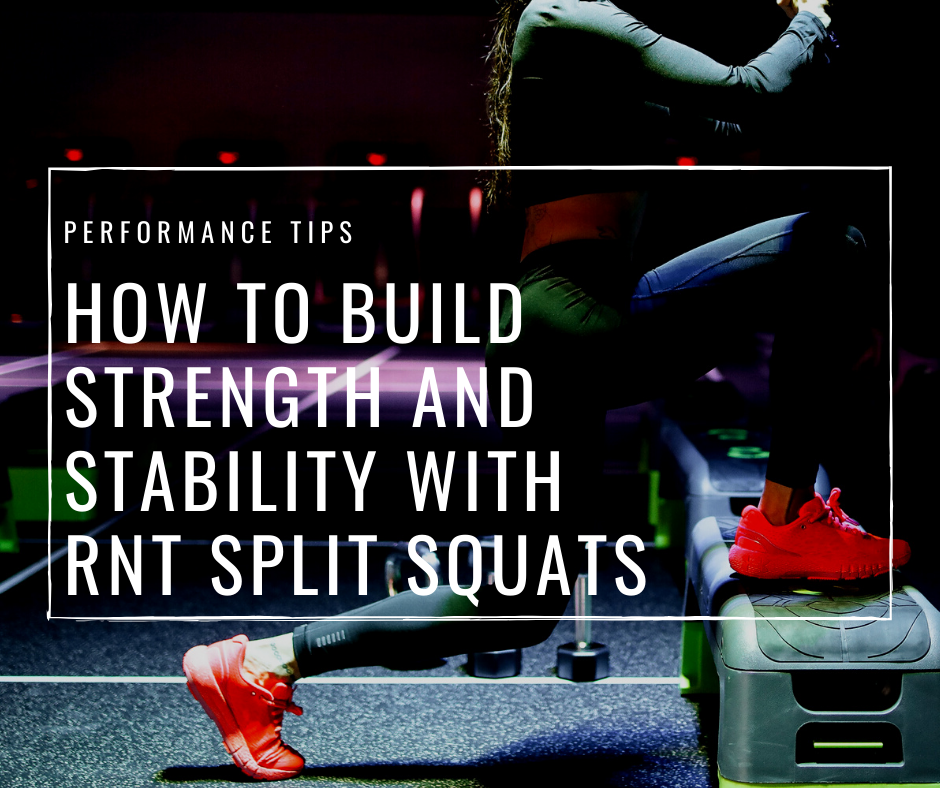VIDEO | How To Fix Butt Wink During Squats In Just 20 Minutes
WHAT IS BUTT-WINK During Squats?
Butt wink during squats is the reversal of your hip and spine position, usually in the bottom of the squat. It’s caused by a lack of core control. If the lifter generates and maintains proper tension in their core during a squat, they'll maintain a neutral hip and spine position and avoid butt wink.
DOES A Squat Butt Wink MATTER?
Yes. A squat butt wink does matter.
Some coaches argue that some amount of butt wink is OK. I’ve seen some very successful and respected coaches who say that significant butt wink is totally OK. That it’s nothing to worry about.
In my opinion, any butt wink that is visually obvious, even if it’s not huge, is a problem for two reasons.
1. A squat butt wink leads to a decrease in performance. When you lose tension and position at the bottom of your squat, you lose potential for force production. If you can stay braced in a better position (i.e. no butt wink, just a neutral spine), you’ll be stronger coming out of the bottom of your squat and you be able to handle slightly heavier loads.
In other words, better form leads to better leverage more weight lifted.
2. Butt winks leads to increased risk of injury. I’ve certainly found this to be true over the more than 10 years that I've personally been coaching in the gym... But if you don’t take my word for it, listen to Dr. Stuart McGill’s.
He is one of the world’s foremost experts on spine and back health, and his research appears very clear on whether or not butt-wink is OK or not. Repetitive spinal flexion or extension under load is the top cause of disk injury. If you can keep your spine neutral under load, you dramatically improve your chances of keeping your back healthy.
Read this excerpt from Dr. McGill being interviewed about whether or not any loss of low back position is acceptable in a deep squat (if it's too long, just read the first and last paragraph):
"I see too many ruined backs from those who believed they were immune from spine flexion during the deep squat or clean, including some of the trainers and coaches themselves. A few lucky ones are. It's unfortunate how many former athletes tell me they wish they listened earlier and made wiser choices.
Exercises are tools to get specific jobs done. The way an exercise is performed depends on the rationale for choosing that exercise. First, list the objective and then decide on the best tool. Usually the best exercise is the one that creates the largest effect with the minimal risk to the joints. If the purpose is to create hip extension power, then exercises such as weighted carries and sled drags have to be considered.
For bodybuilders wanting to develop the gluteal muscles, they'll need to address the two major neuromuscular compartments in the glutes. The high lateral glute is developed with loaded carries or with most one-legged resistive squat exercises. The low posterior glute is mainly challenged in the bottom half of the squat.
This is where the choice regarding depth and spine flexion needs to be made. Depending on the person's injury history, what they do during the rest of the day, their hip joint anatomy, the other exercises in their program, and specific exercise form, they'll need to choose how deep to squat.
In my consults with some college football programs I've found about one-third of the players have back difficulties by failing to make good decisions regarding squat and power clean form and depth. Those one-third have their athleticism compromised by back pain.
Of course, the safest choice over the long term is to not go deeper than the break point of where the neutral spine is lost."
How Can I Fix Butt Wink During squats Once and For All?
Great question my friend! Now you're really in luck. I filmed a live session with a client who came to me specifically to fix his butt wink.
Here's the complete video that shows exactly what drills, imagery, and cuing I used to eliminate his butt wink in about 20-minutes. Enjoy! And happy, safe, squatting













